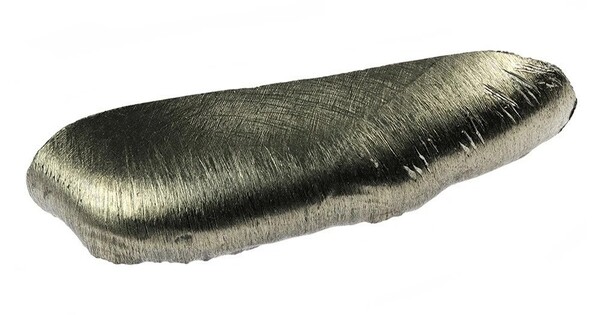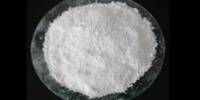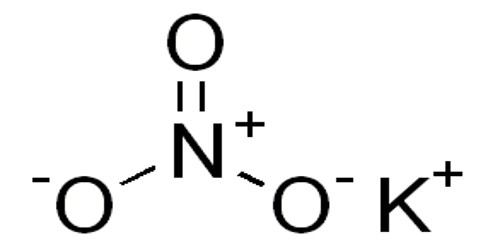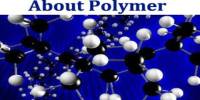Terbium monoselenide is an inorganic compound, with the chemical formula of TbSe. It is one of the selenides of terbium. It is a yellow-red solid. It is a compound consisting of terbium and selenium. It belongs to a class of materials known as rare earth chalcogenides. TbSe has a crystalline structure, often described in terms of its lattice parameters and symmetry.
It exhibits interesting physical properties such as magnetic and electrical behavior. Its unique properties make it valuable in research and technology, particularly in the study of magnetic and electronic phenomena. It can be used in various applications, including magneto-optic devices and as a semiconductor material.
Preparation
Terbium monoselenide can be prepared by reacting terbium and selenium:
Tb + Se → TbSe
Properties
It is generally prepared by reacting terbium and selenium at high temperatures. This compound is studied in the context of materials science and condensed matter physics, particularly for its electronic and magnetic properties. Terbium monoselenide has the sodium chloride crystal structure, with space group Fm3m. It can undergo a peritectic reaction in thallium monoselenide to generate TlTbSe2:
TlSe + TbSe → TlTbSe2
Properties
Terbium monoselenide is typically a gray or metallic-looking solid. It crystallizes in the rock-salt (NaCl) structure, which is a face-centered cubic lattice.
- Chemical formula: SeTb
- Molar mass: 237.896 g·mol−1
- Appearance: yellow-red solid
Natural Occurrence
TbSe does not occur naturally as a mineral. It is typically synthesized in laboratories or produced in specialized industrial processes.
Applications
TbSe and similar rare-earth compounds are used in various high-tech applications, including:
- Magnetic Materials: Due to their magnetic properties, they can be used in advanced magnetic applications.
- Electronic Devices: Their electronic properties are of interest for developing new types of electronic and optoelectronic devices.
















